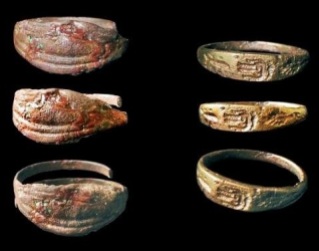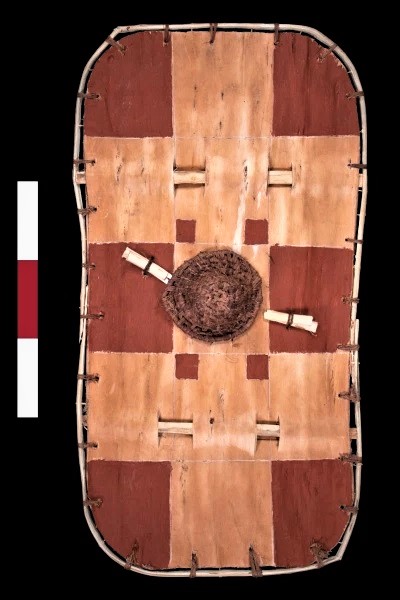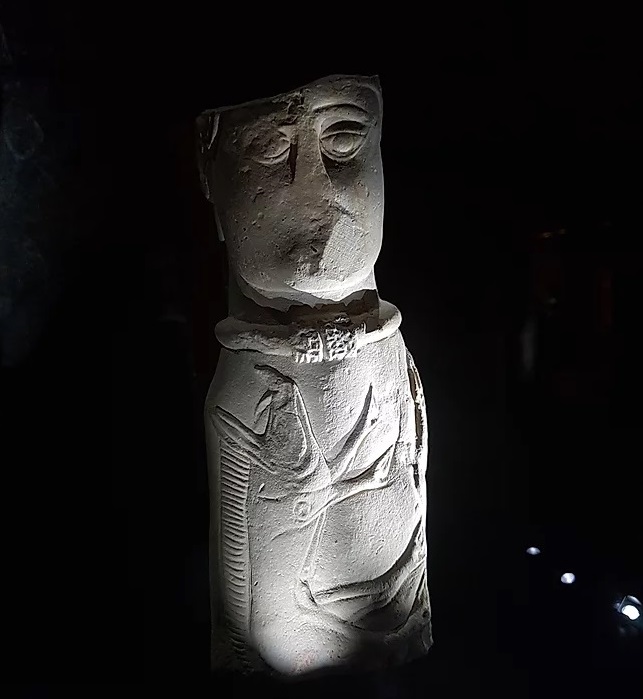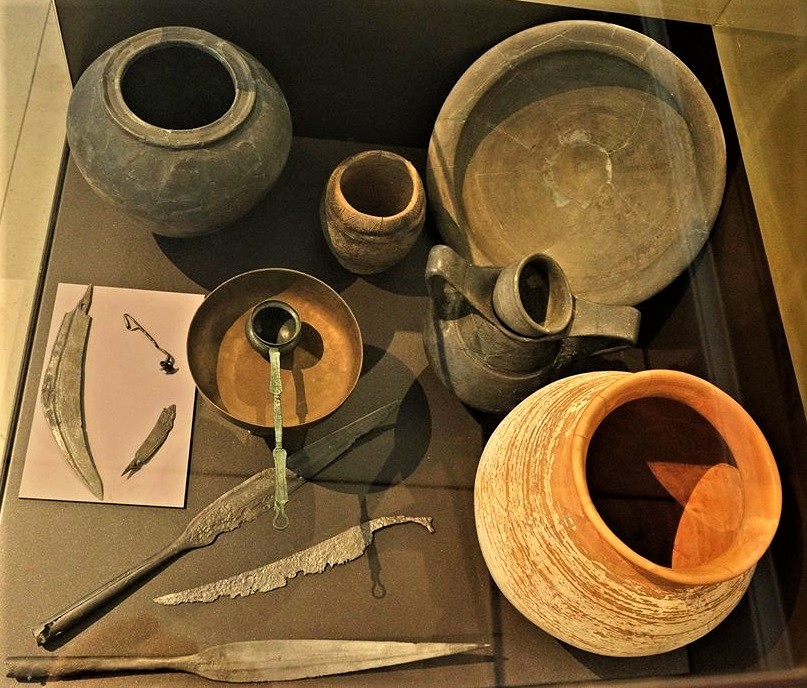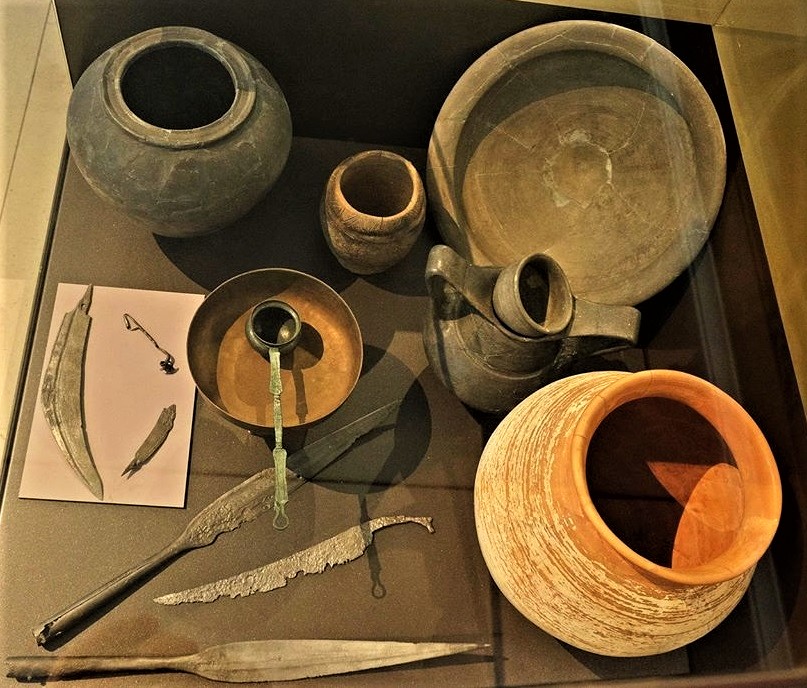In the tide of nationalism and revisionism which has marked the last century, our common European Celtic heritage has been systematically deconstructed, manipulated and denied. To balance this phenomenon, the BALKANCELTS organization presents the archaeological, numismatic, linguistic and historical facts pertaining to the Celts in Eastern Europe and Asia-Minor, within the context of the pan-European Celtic culture – a heritage which belongs to no nation, yet is common to all.
Facebook: https://www.facebook.com/Balkancelts
ACADEMIA.EDU:
http://ucd-ie.academia.edu/BrendanMacGonagle






